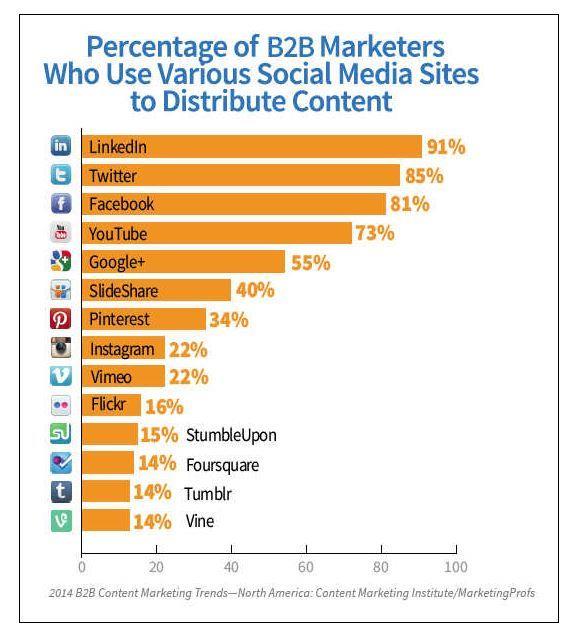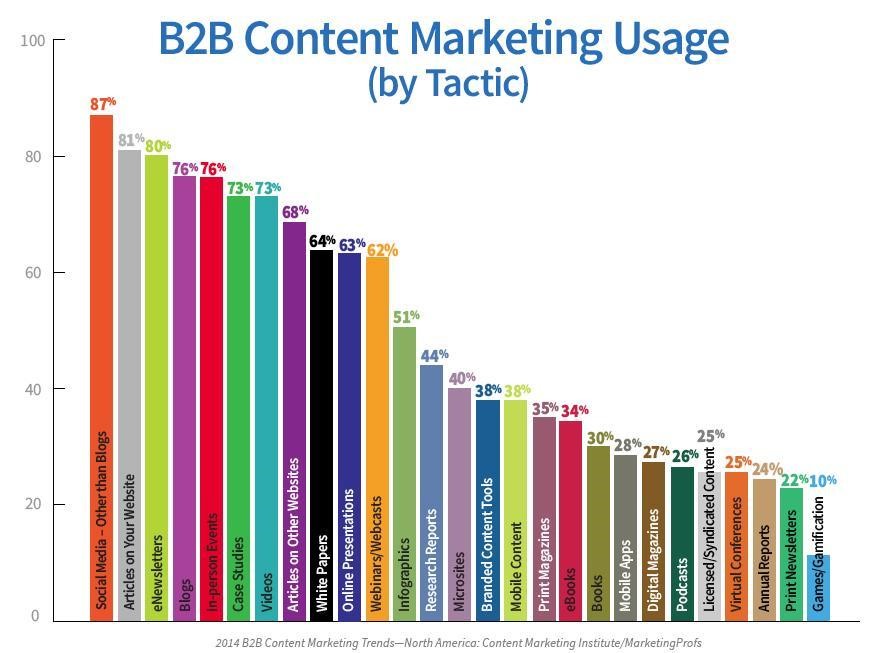Информационная стратегия компании и контент-маркетинг
Контент — это любая структурированная информация, несущая сообщение (месседж) для целевой аудитории. Контент-маркетинг — это область интернет-маркетинга, которая базируется на создании и распространении контента. Это могут быть тексты, видео, аудио или презентации.
Контент-стратегия — это упорядоченная и спланированная система внедрения в информационное пространство рекламных, информационных или развлекательных материалов.
Цель контент-стратегии может быть любой, например, продажи товара, продвижение бренда, популяризация идеи, изменение общественного мнения. Синоним понятия «контент-стратегия» — «информационная стратегия».
Контент-маркетинг структурировал и выпустил в большой мир Джон Ф. Оппедал в 1996 году (“Roundtable: Content Marketing”. asne.org. Archived from the original on September 21, 2013.).
Уже через два года в крупнейшей на то время IT компании Netscape был учрежден пост директора онлайн и контент-маркетинга, который занял Джеррелл Джимерсон. Ну и первая серьезная книга на эту тему вышла в 1999 году, автор Кэннон, Джефф «Сделайте так, чтобы ваш сайт работал на вас».
Это был уже настоящий, хотя и немного наивный, контент-маркетинг. Об этом говорит определение: «В контент-маркетинге контент создается, чтобы предоставлять потребителям информацию, которую они ищут».
На тот момент это было прогрессивно, но сейчас задачи его в корне изменились. Контент-маркетинг работает, чтобы продемонстрировать людям наиболее привлекательные стороны бренда, товара или услуги. Отстроиться от конкурентов или сформировать потребности у целевой аудитории.
По сути, в маркетинге контент работает как пропаганда идей и достижений. А также предоставляет полезную информацию и помогает решать проблемы аудитории. В конце «нулевых», когда соцсети набрали обороты, продвижение через контент перешло на новый уровень.
Joe Pulizzi и Ann Handley из организации «Институт контент-маркетинга» еще в 2014 году проводил исследование тенденций и развития этого направления экономики в США. В выводах говорится что 93% маркетологов Америки еще тогда применяли контент-маркетинг, и его использование стремительно распространялось в B2B и B2С.
Уже тогда писали о тактике и стратегии этого явления. Специалисты Института насчитали 27 каналов внедрения контента.
Обратите внимание на то, что под стратегией и тактикой маркетинга подразумевали именно каналы продвижения контента. Данные 6-летней давности хорошо иллюстрируют, как изменился контент-маркетинг за это время, и как изменились подходы к стратегии продвижения.
Вот ссылка на еще одну статью «Института» за 2013 год, теперь уже непосредственно о стратегиях: https://contentmarketinginstitute.com/2013/11/documented-content-marketing-strategy-benefits-brand/
В ней сказано, что для создания стратегии необходимо выполнить предварительные действия:
- установить маркетинговый бюджет;
- установить цели;
- проработать портрет целевой аудитории;
- установить, какой контент и каналы продвижения будут актуальны;
- прописать историю своего бренда;
- прописать контент-план.
Этот подход стал классикой контент-стратегии, «Институт» выпустил пособие: 36 Question to answer, которое приобрело огромную популярность и стало источником для сотен подобных публикаций.
В принципе оно не утратило актуальности и сейчас, только появились новые требования, каналы, инструменты и возможности.
Вернемся ненадолго к контент-маркетингу нулевых и начала десятых. По данным того же «Института», превалировали чисто рекламные тенденции. Компании с достаточным бюджетом «бомбардировали» целевую аудиторию контентом по максимальному количеству каналов.
Этот подход напоминает офлайновые рекламные кампании, когда ставят задачу повысить узнаваемость продукта или бренда, и оклеивают баннерами все столбы. Уже в 2014 году Joe Pulizzi и Ann Handley предостерегают против этого и рекомендуют не «стрелять по площадям», а эффективнее распоряжаться бюджетом.
Против стратегии «массивных контент-атак» говорит многое, и к нашему, 2020 году, она утратила актуальность.
Эксперт в области интернет-маркетинга. Руководитель маркетингового агентства MAVR.
Бизнес-степень «Мастер делового администрирования» (MBA).



